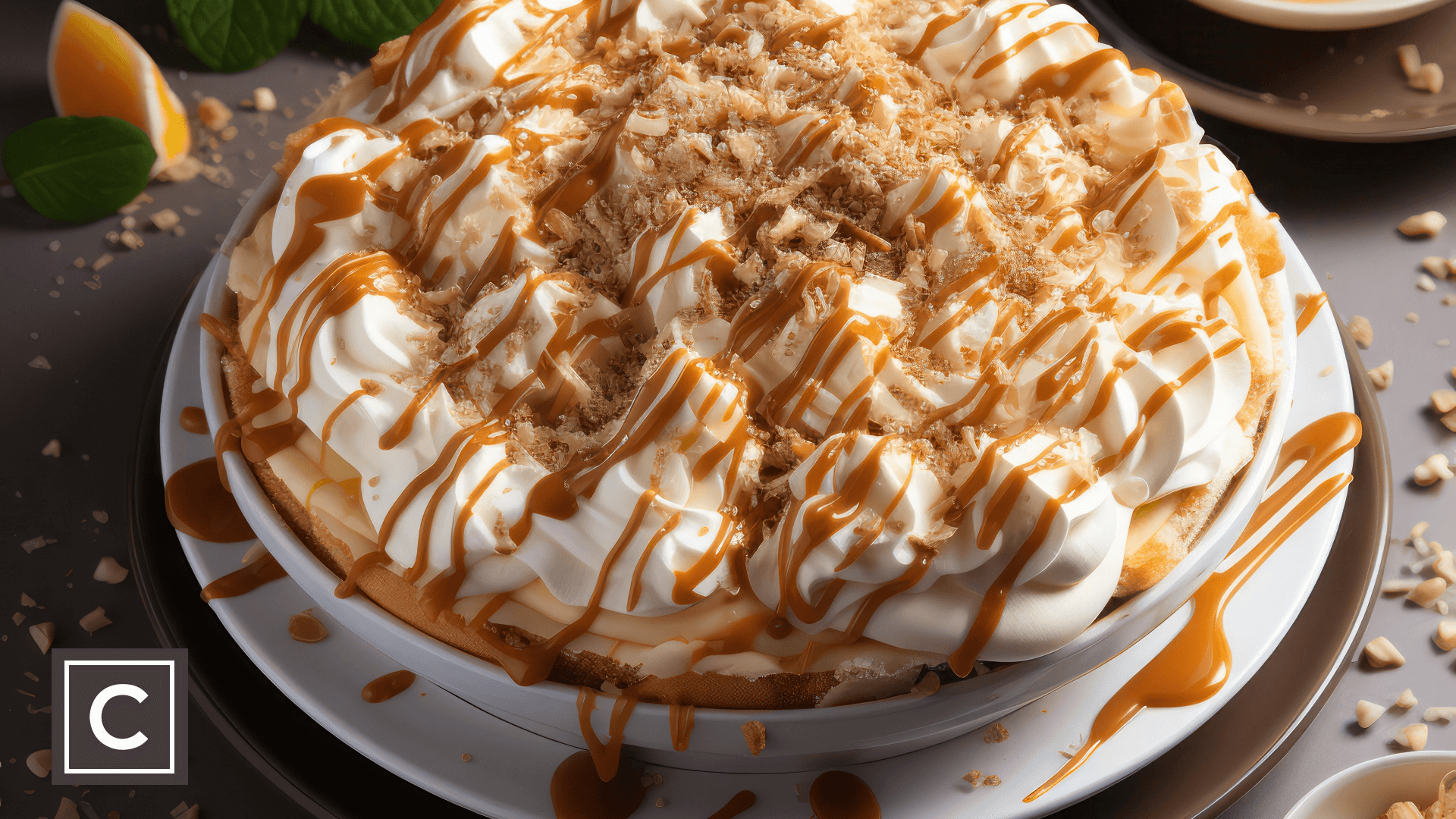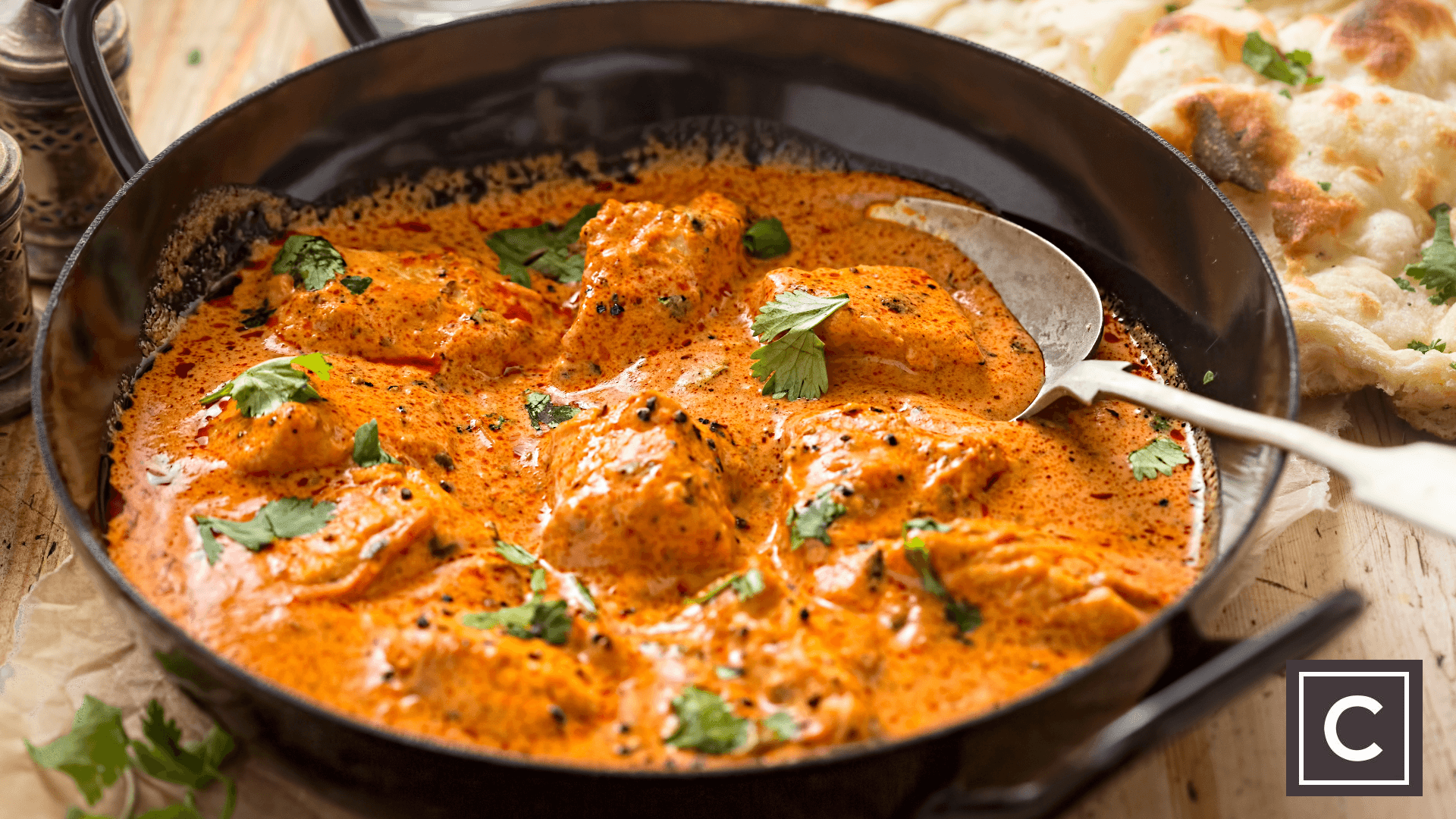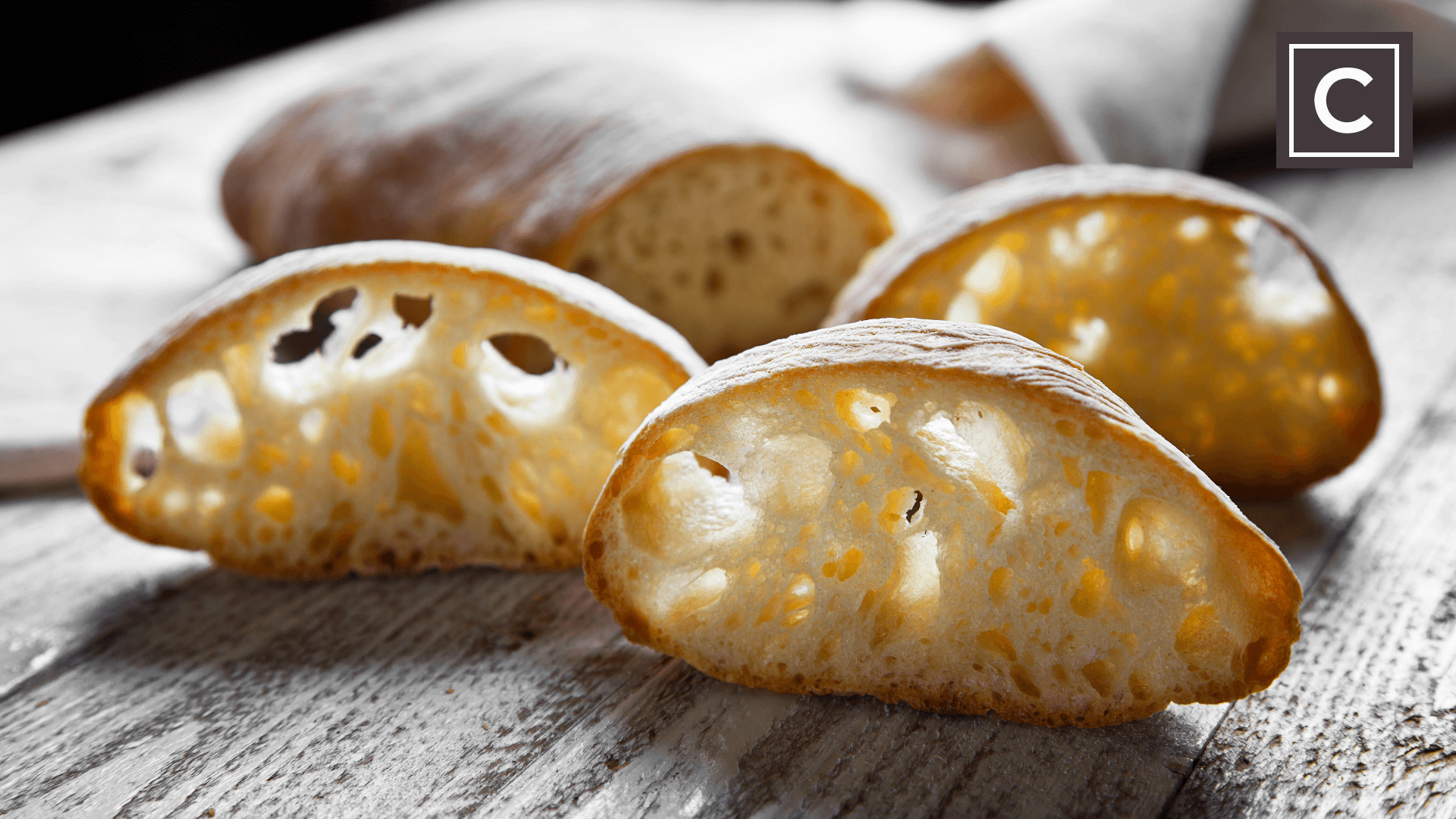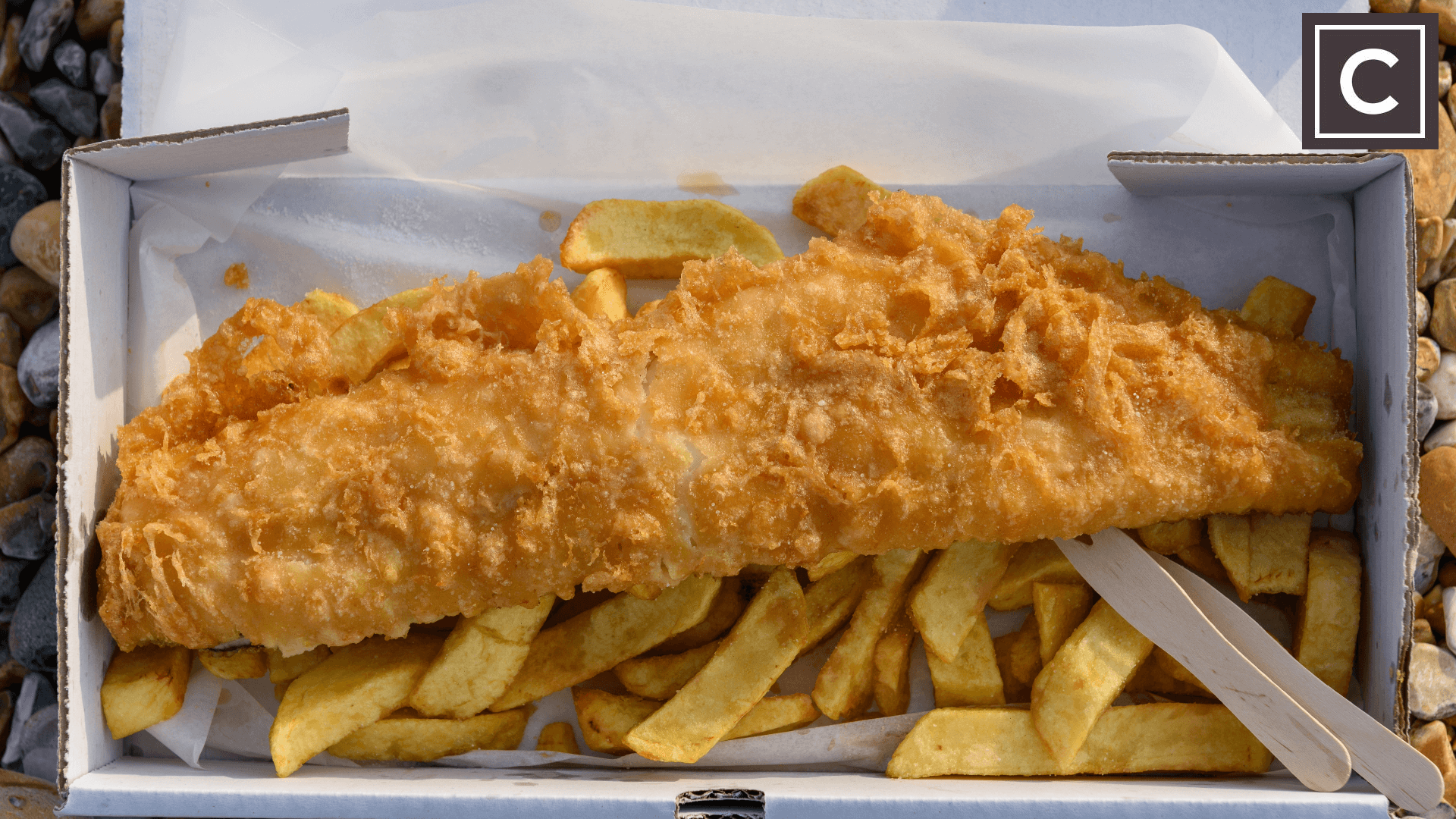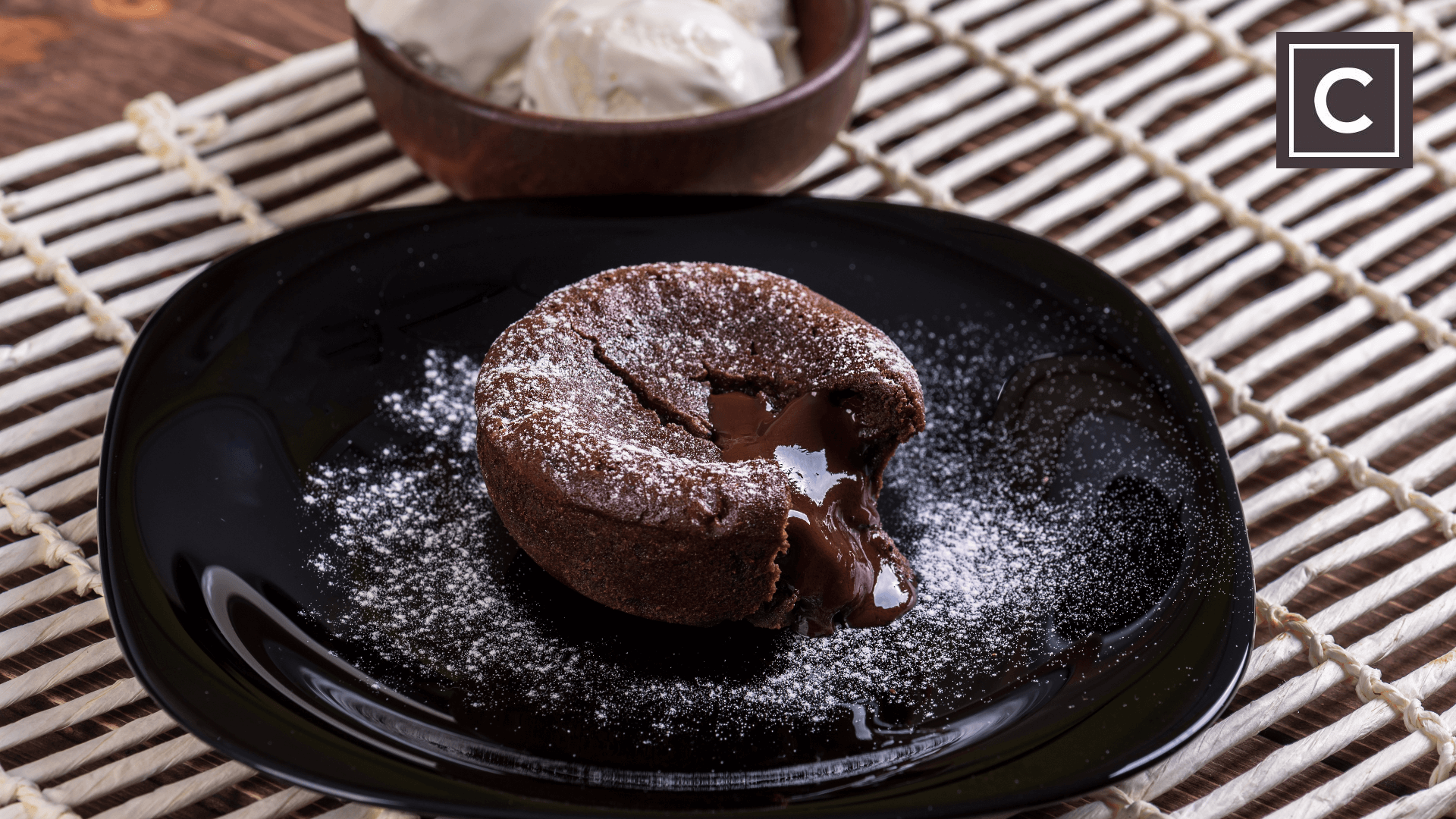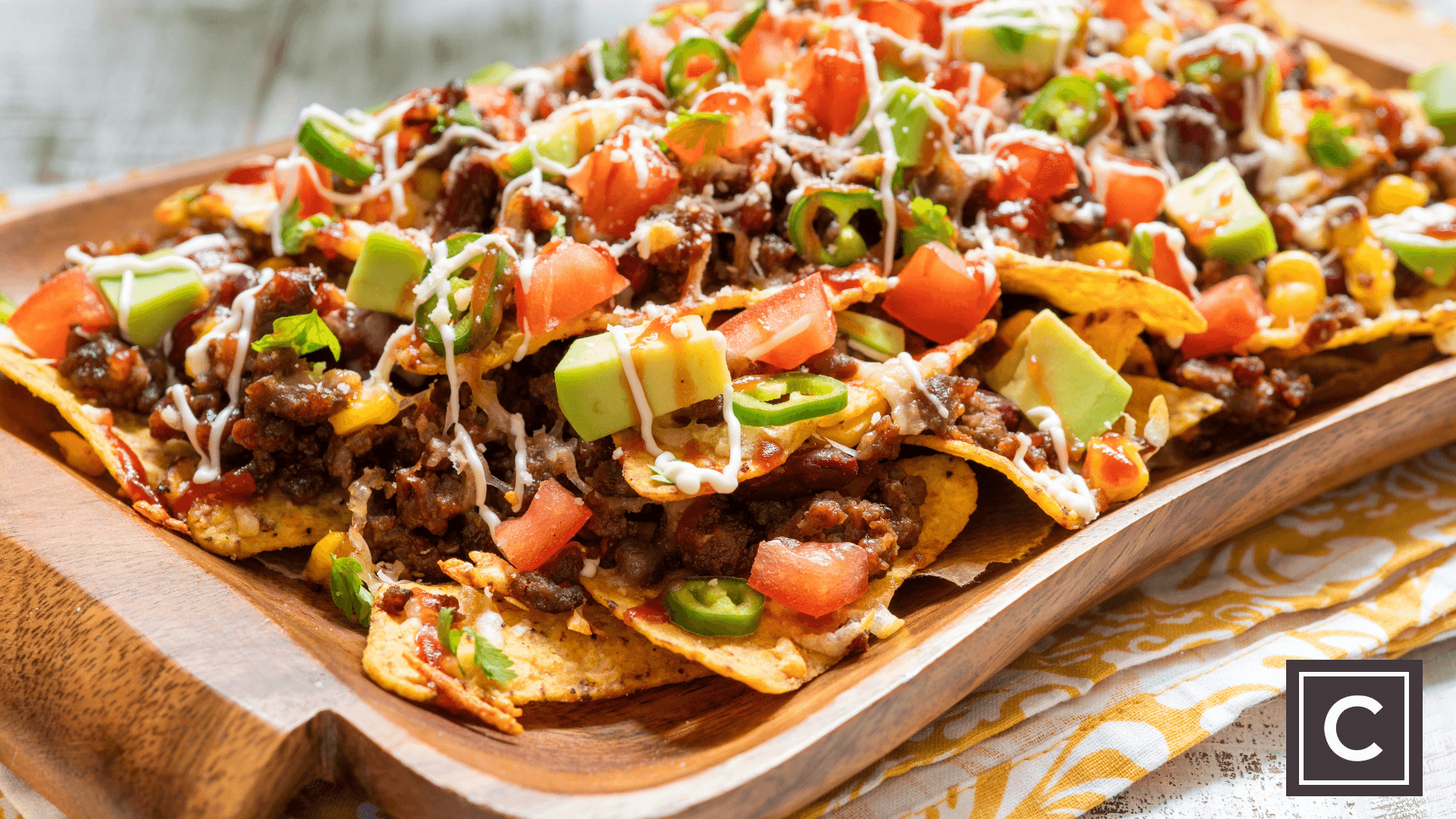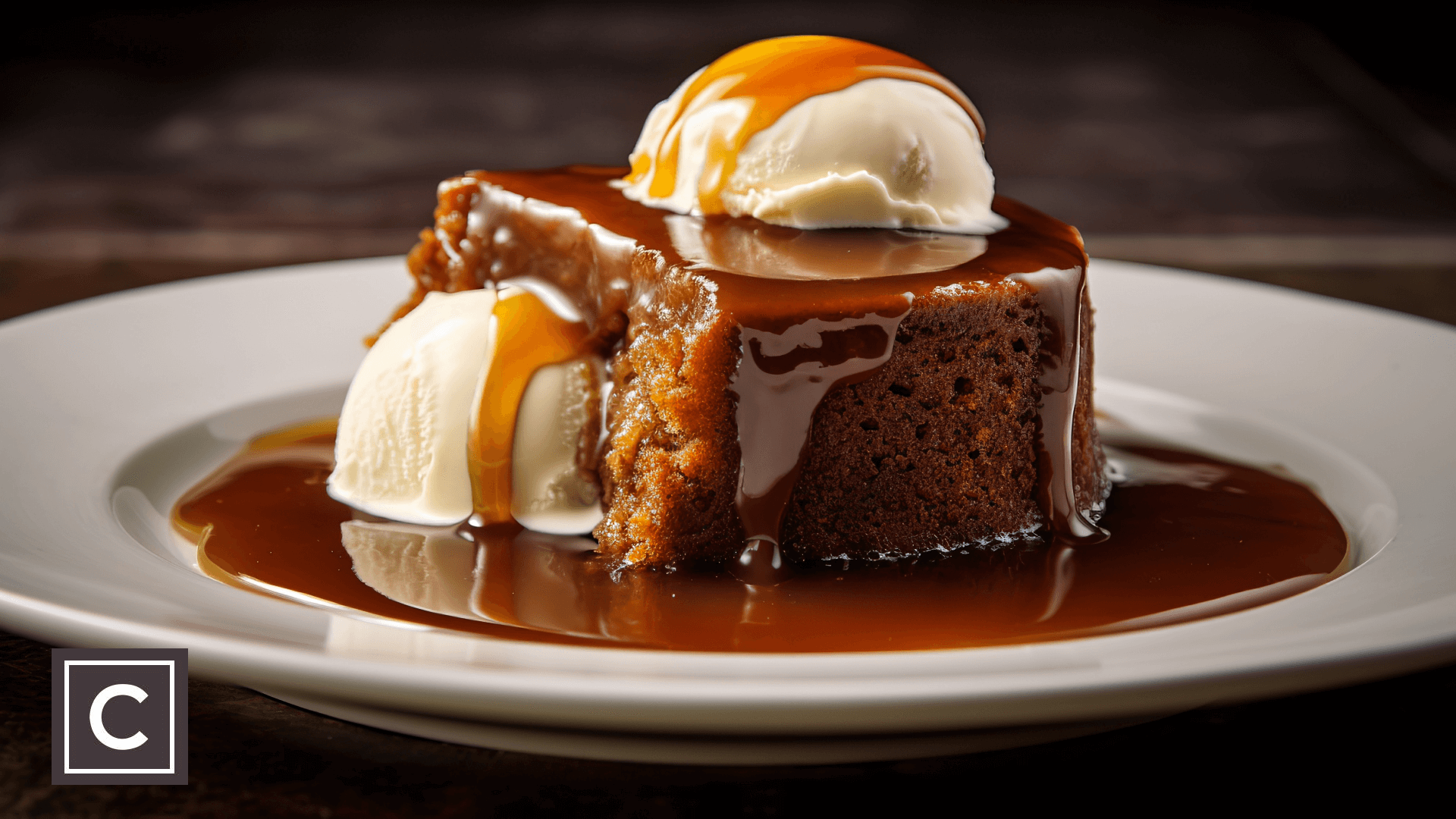Not as Old as You Think: The True Stories Behind Classic Dishes
Posted by Stelios on 24th Aug 2023 Reading Time:
You might be surprised that some of the world's most iconic dishes are younger than your grandparents, parents, and even you. While we often think these classics have stood the test of centuries, you'd be surprised how many have arrived on the culinary scene relatively recently.
Banoffee Pie
| Created in 1971 | From the United Kingdom |
This blend of banana and toffee in a delectable pie form was the brainchild of Nigel Mackenzie and Ian Dowding. Created in 1971 in Jevington, England, it remains a hit for the sweet-toothed around the globe. This one is an absolute surprise; it would have been from across the pond.
Butter Chicken
| Created in the early 1950s | From India |
Indian cuisine, renowned for its complexity and depth of flavour, also has a newbie in its pantheon: butter chicken. This fusion of tandoori chicken, tomato gravy, and a buttery sauce was first dished up in the early '50s at Delhi's Moti Mahal. It's as much a part of Indian culinary identity as curry and naan.
Carpaccio
| Created in 1950 | From Italy |
Though inspired by a Piedmontese dish, carpaccio, as we know it, is a relative newcomer to Italian cuisine. Served first in 1950 by Giuseppe Cipriani at the legendary Harry's Bar in Venice, this dish epitomises Italian flair and finesse, adorning menus in upscale eateries and romantic date spots.
Chicken Tikka Masala
| Created in the early 1970s | From the United Kingdom |
Whether you attribute its creation to Glasgow or Punjab, chicken tikka masala remains a testament to the best of British multiculturalism. Born in the early '70s, this fusion of creamy tomato sauce and tandoor-grilled chicken is one of Britain's most-loved dishes.
Ciabatta
| Created in the early 1982 | From Italy |
This Italian bread debuted as recently as 1982, invented by Arnaldo Cavallari in response to the increasing popularity of the French baguette in Italy. Now, it's a global sandwich staple.
Currywurst
| Created in the early 1949 | From Germany |
Born out of necessity in post-WWII Berlin, Herta Heuwer mixed British yellow curry powder with puréed tomatoes to create currywurst. This invention took Germany by storm, becoming an absolute street food sensation and a favourite late-night indulgence, especially after a pint or two.
Döner Kebab
| Created in the early 1970s | From Germany |
Though döner kebab has Ottoman roots, the sandwich form we adore today was popularised in Germany post-WWII. This fusion of Middle Eastern and European influences is arguably Berlin's most famous fast food.
Fajitas
| Created in 1971 | From America |
Though it draws inspiration from Tejano cooking, the fajita became officially known only in the 1970s. Nowadays, this Tex-Mex marvel is a restaurant mainstay, with each chef putting their twist on the sizzling classic.
Fish & Chips
| Created in the mid-19th century | From the United Kingdom |
While less recent than others on this list, Fish & Chips is still relatively young compared to what many might think. Despite being emblematic of British culture, it's generally accepted that this dish came about in the mid-19th century, possibly through the fusion of Spanish, Portuguese, and Jewish culinary influences. Fried fish shops first popped up in London in the 1860s, and the first recorded "chippy," a Northern English colloquial term for a fish and chip shop, opened in Mossley, Lancashire, in 1863. This dish quickly became a staple of working-class Brits and today represents comfort food at its finest.
Hawaiian Pizza
| Created in 1962 | From Canada |
Born in Canada but globally contentious, the Hawaiian pizza disrupted the pizza game when Sam Panopoulos decided to sprinkle canned pineapple over a ham and cheese base. Inspired by Chinese sweet and savoury combos, it's a debate starter and a menu staple, especially Down Under.
Molten Chocolate Cake
| Created in 1987 | From America |
Whether Michel Bras or Jean-Georges Vongerichten should take the bow for this creation, the gooey, chocolatey marvel known as molten chocolate cake took the culinary world by storm in the late '80s, showing no signs of cooling down.
Nachos
| Created in 1942 | From Mexico |
Contrary to the notion that the ancient Mayans and Aztecs were tucking into nachos, this crowd-pleaser was born just in time for World War II. Ignacio "Nacho" Anaya whipped up the first plate in 1943 at the Victory Club in Piedras Negras, Mexico. Today, they're a pub staple, snack-time favourite, and even a cinematic munchie, thanks partly to Frank Liberto, who popularised nachos as stadium food in the 1960s.
Pasta Carbonara
| Created in 1944 | From Italy |
Forget Roman legacies; pasta carbonara is a modern classic. First mentioned in a 1950 issue of La Stampa, this Roman dish likely came about post-World War II. Made popular with the help of Allied troops who fancied the combination of pasta, eggs, and bacon, it has become an enduring pasta plate you can't miss when visiting Italy.
Salmon Sushi
| Created in the mid-1980's | From Norway |
Who would have thought that the popular salmon sushi was a Scandinavian invention? Introduced to the Japanese by Norwegians in the '80s, this sushi variation has since travelled the world.
Sticky Toffee Pudding
| Created in the early 1960's | From the United Kingdom |
Arguably, the UK's go-to comfort dessert, sticky toffee pudding, is shrouded in mystery with multiple origin stories. What's undisputed is its relatively recent appearance on the food scene, making it far younger than other British classics like spotted dick or treacle tart. This British classic is my absolute desert; I became obsessed with it at the Magpie Cafe in Whitby.
Tiramisù
| Created in the late 1960's | From Italy |

Who could believe that tiramisù, Italy's unofficial national dessert, came about only in the swinging sixties? Despite Veneto and Friuli-Venezia Giulia both laying claim to its invention, the debate is far from settled. Nevertheless, it remains a global hit.
A Final Serving
Our culinary landscape is far more fluid than the annals of history would have you believe. As you can see, some of the most cherished dishes worldwide are surprisingly young. It makes you wonder what modern words we'll consider classics in another fifty years. Only time will tell, but for now, bon appétit!


